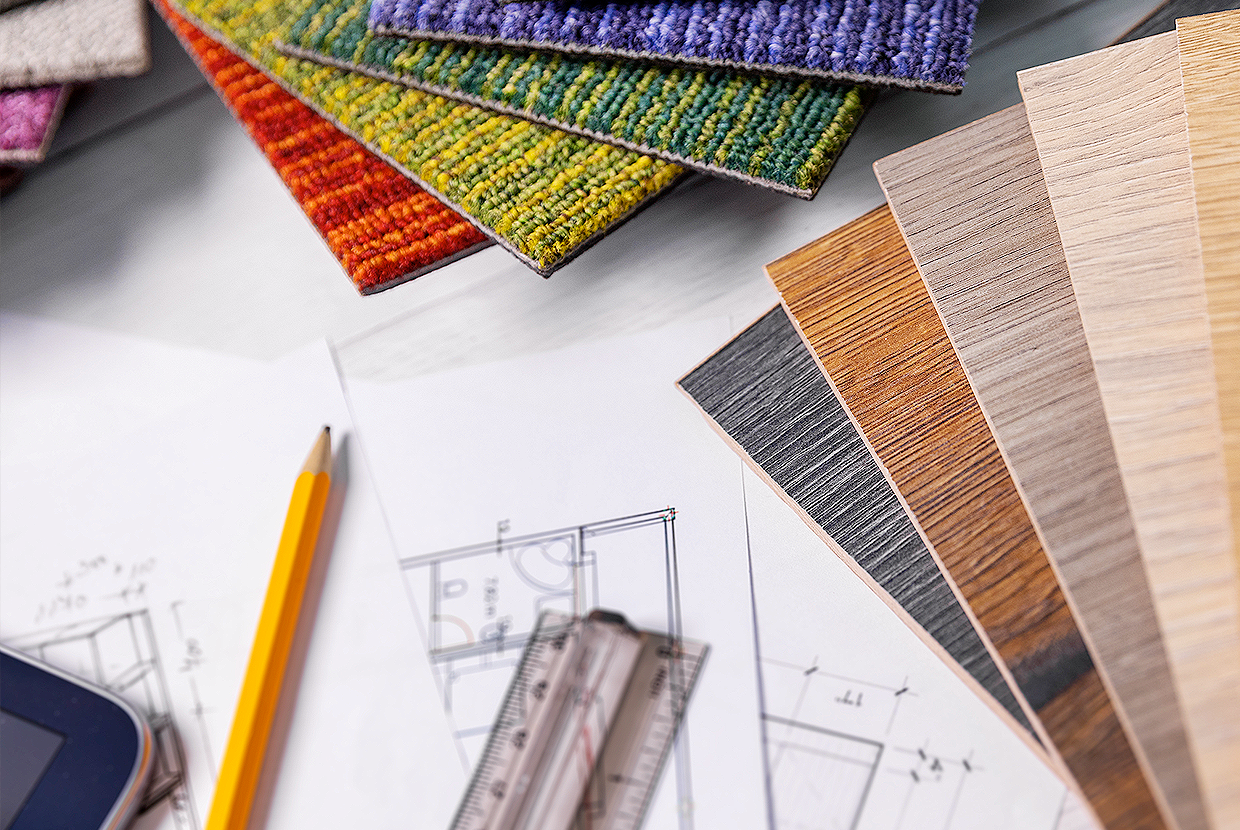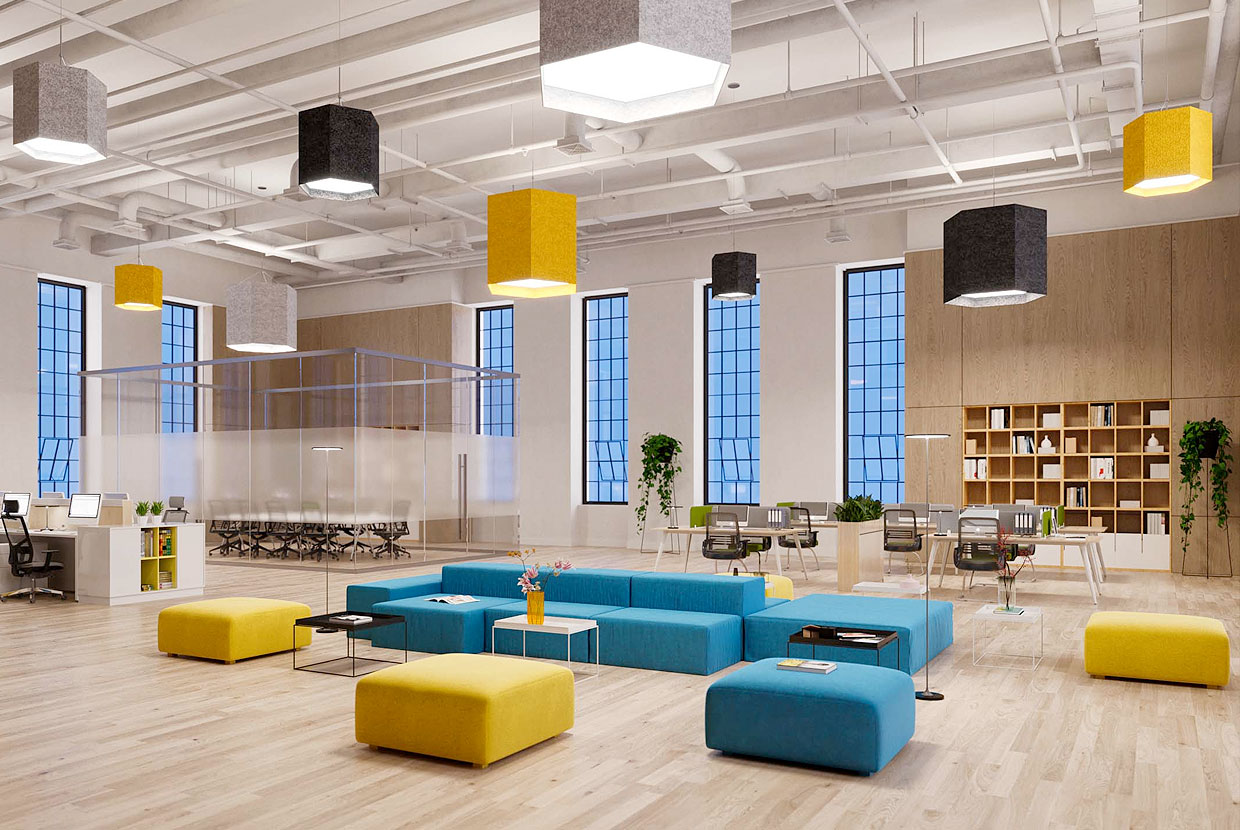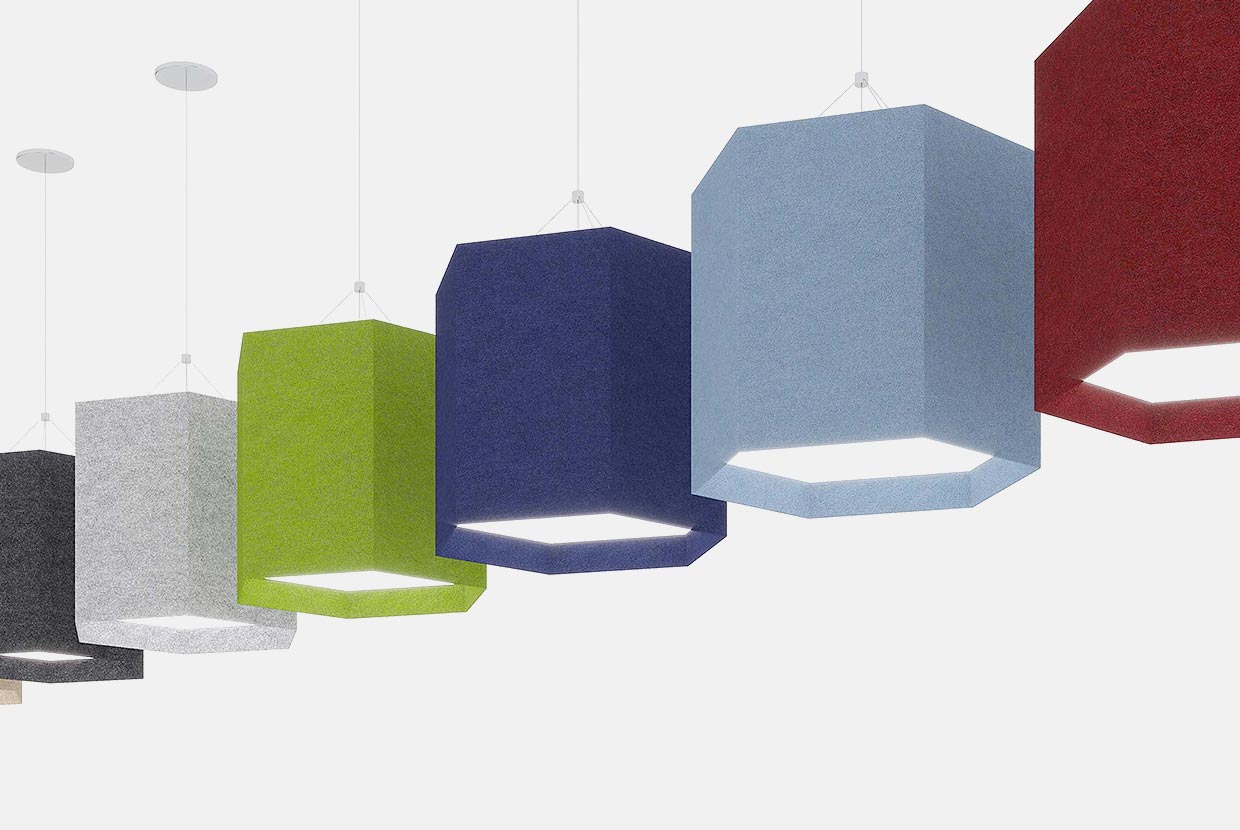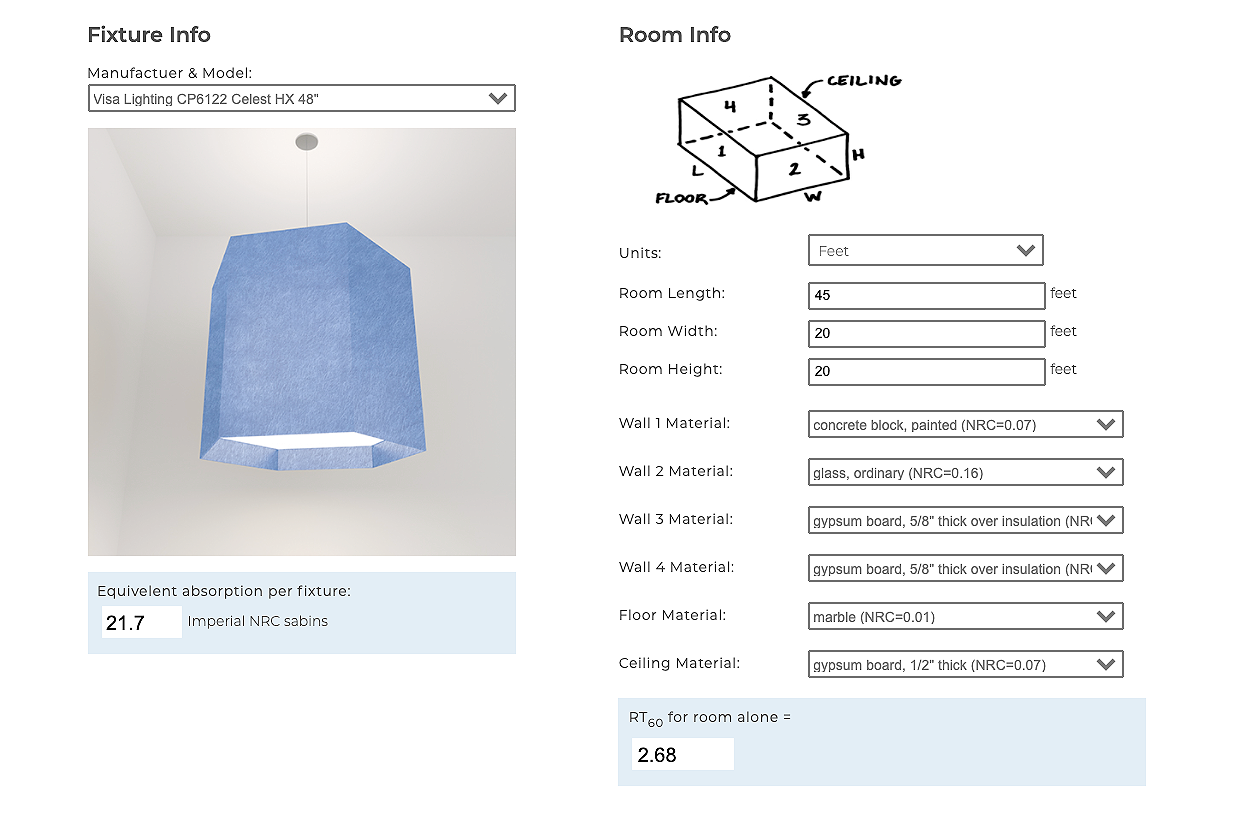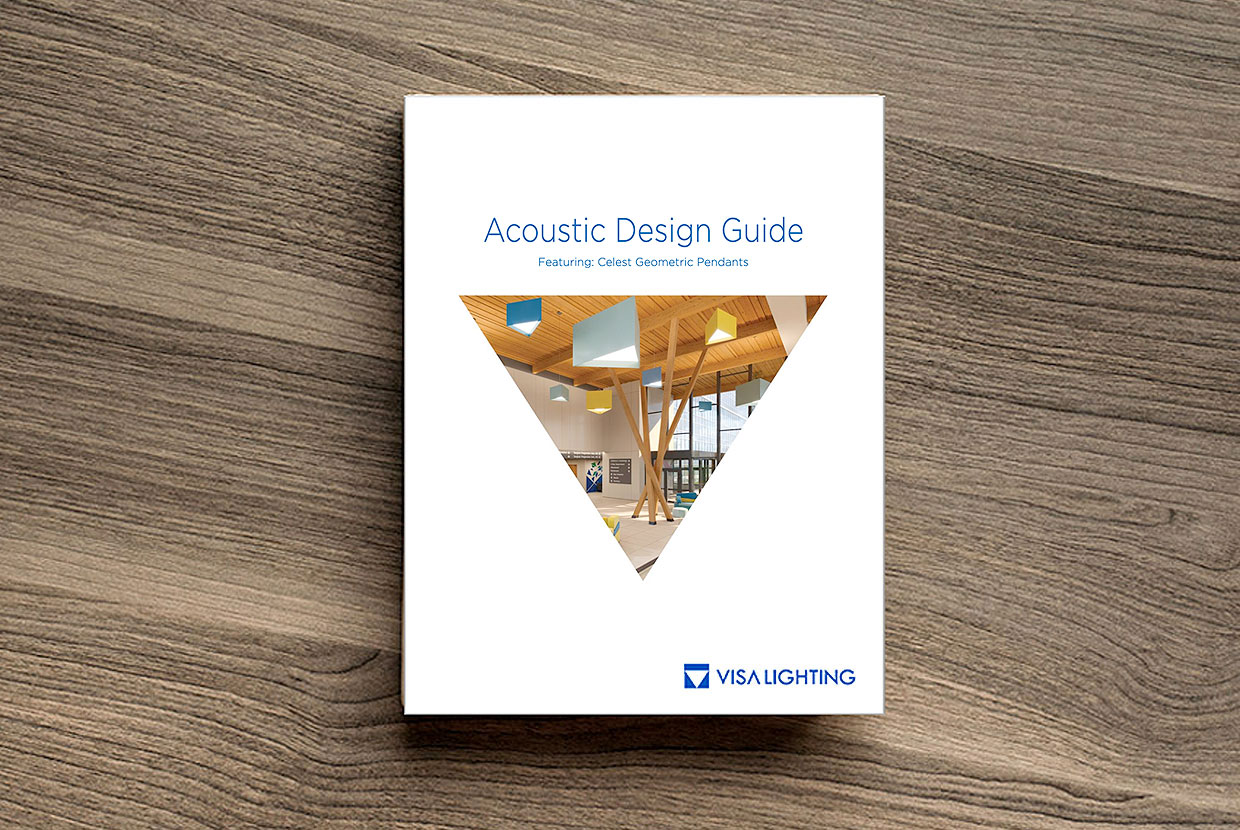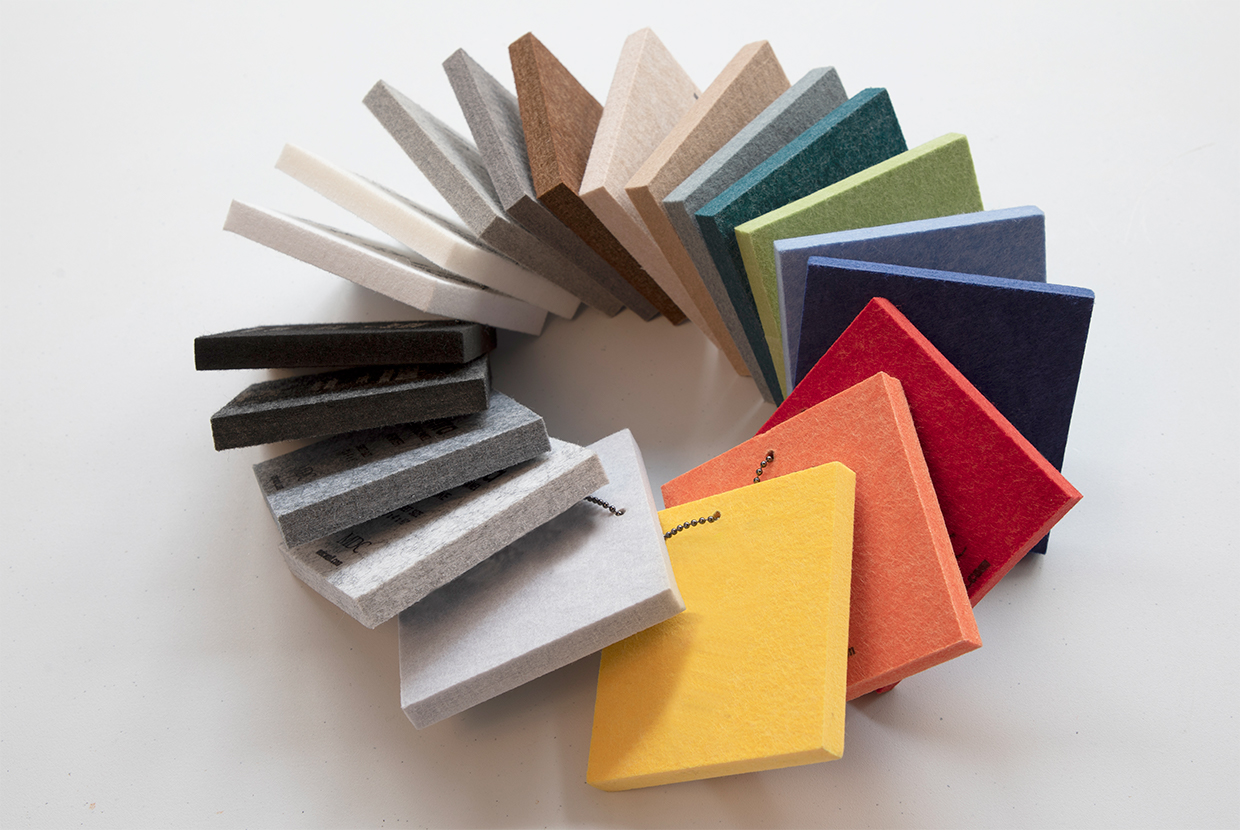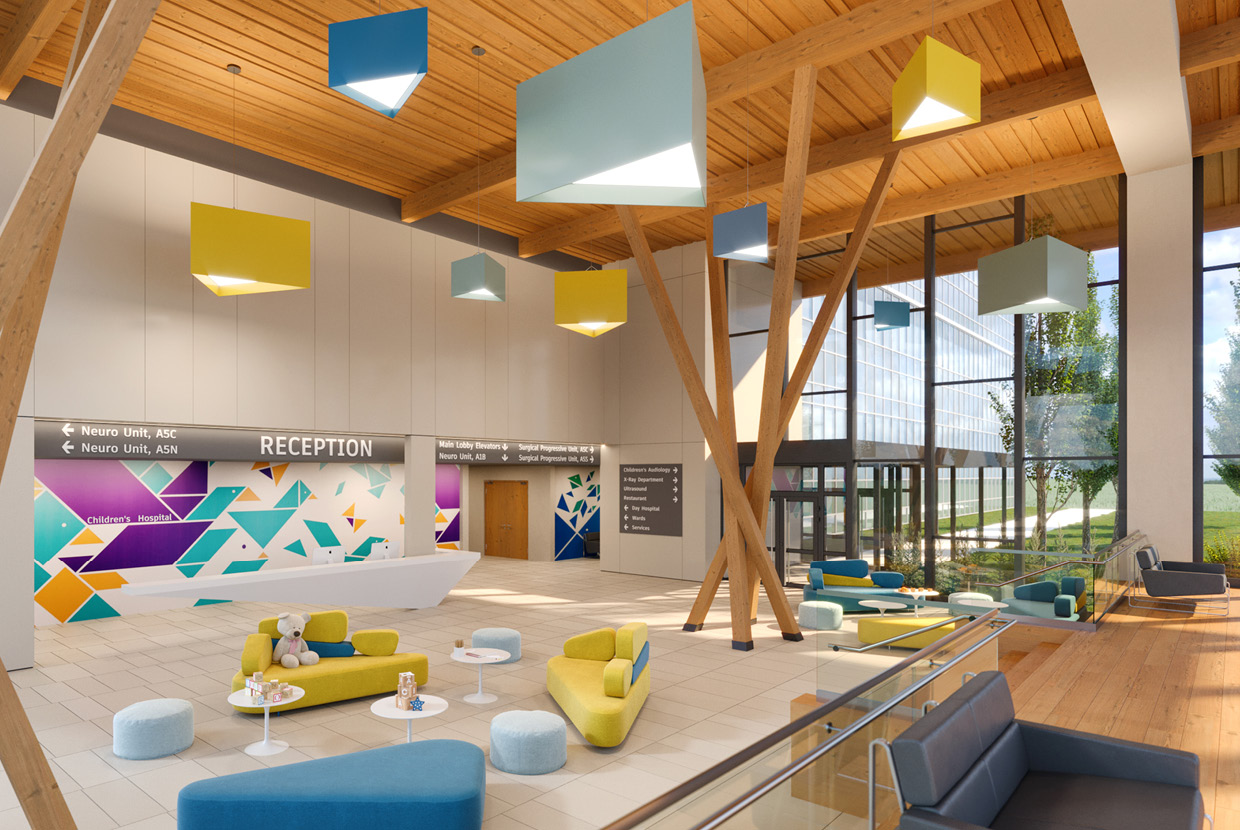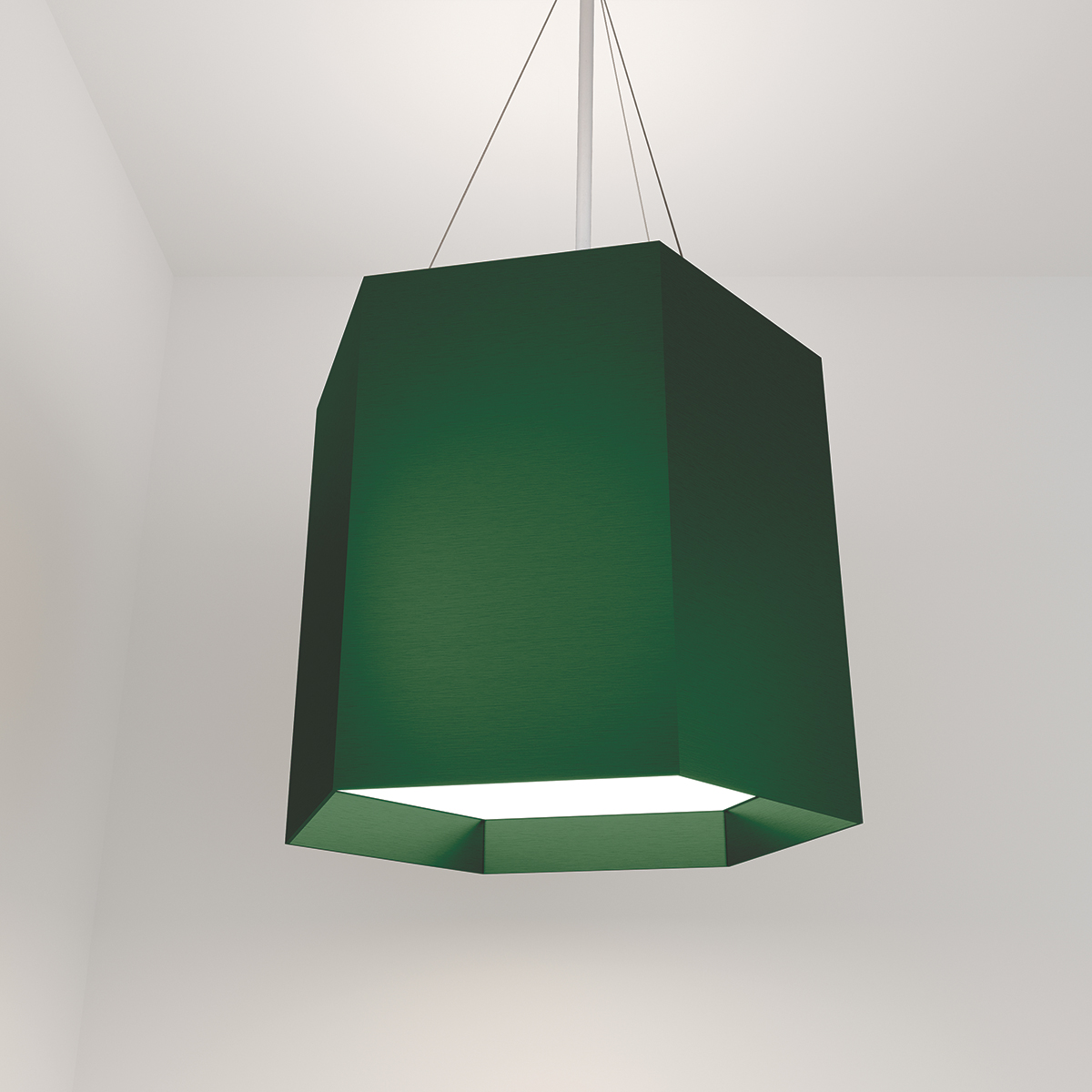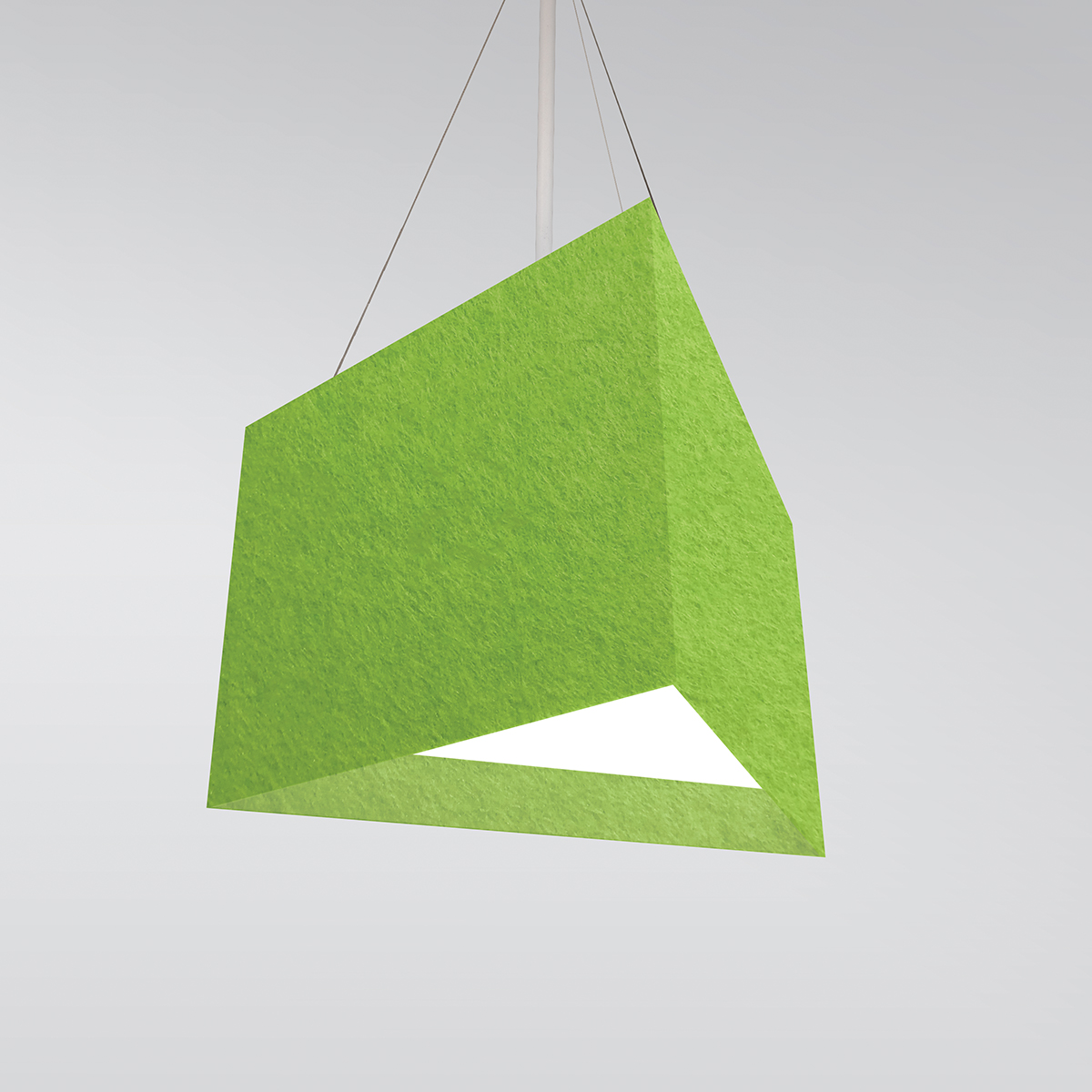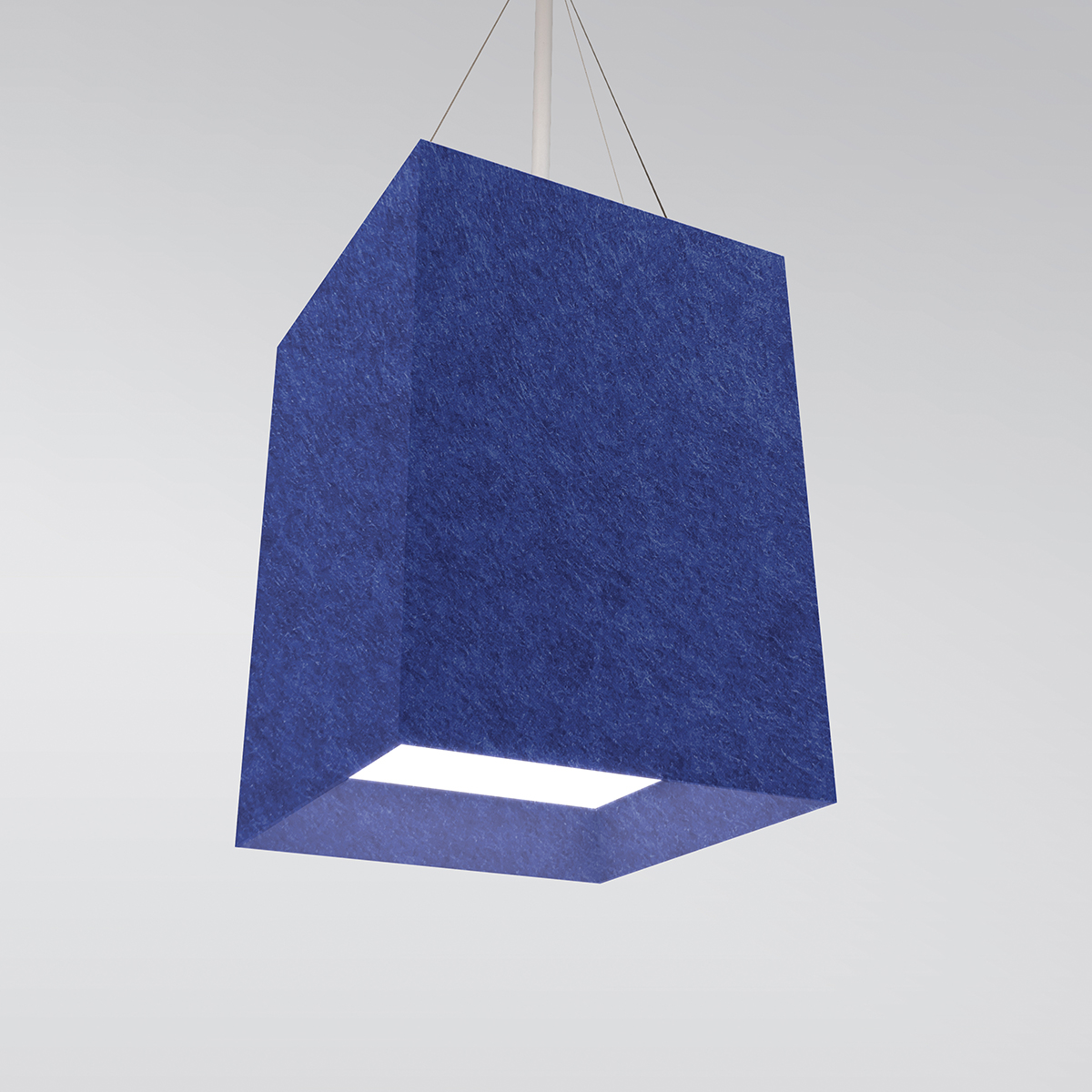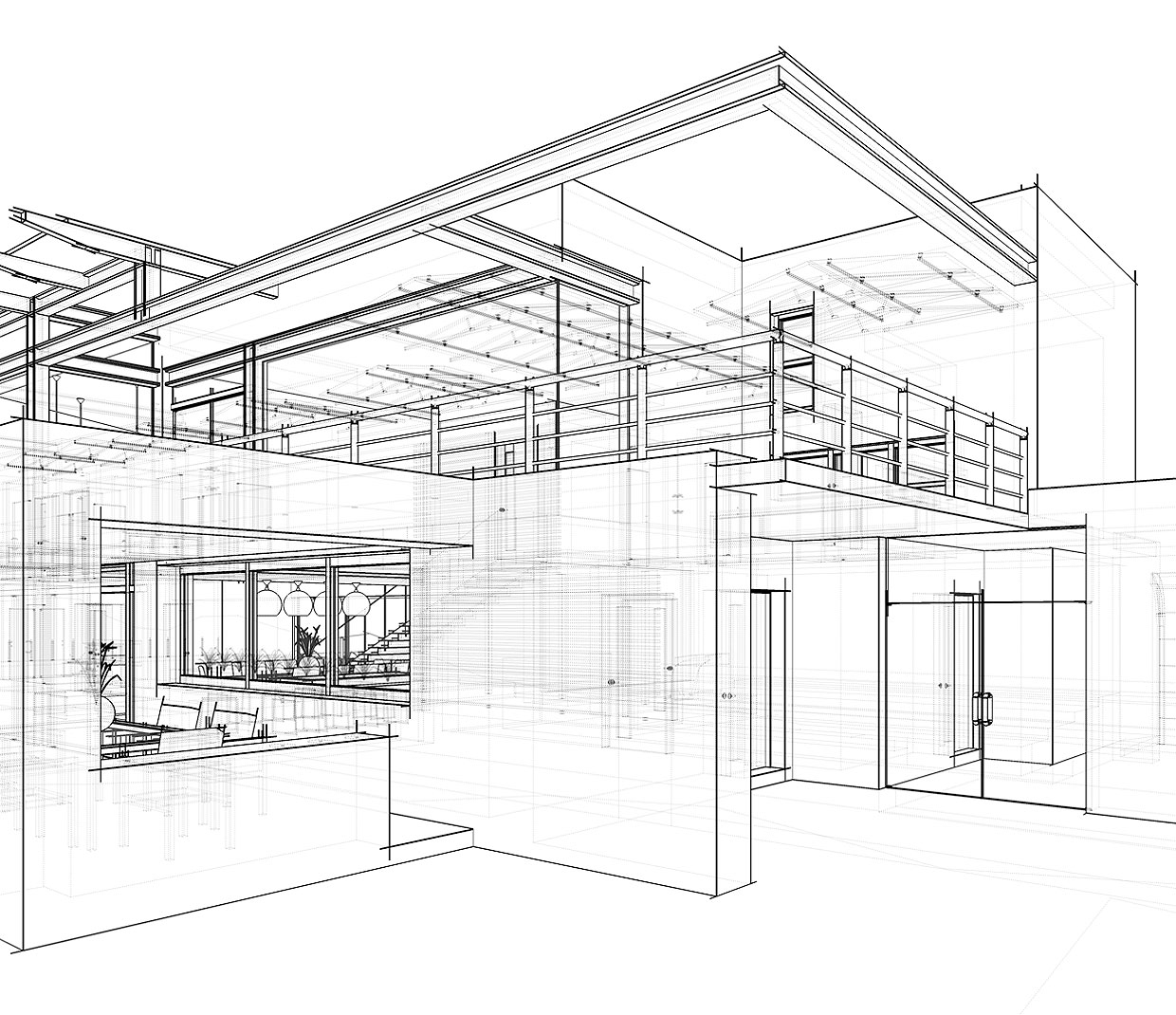
Building Acoustics and Acoustic Lighting
Architectural Acoustics and Acoustic Lighting
Often spaces where many people congregate can get quite loud. Reverberations of human voices can become intensified when a space isn’t treated properly for sound – creating a situation where people need to speak louder to be heard by the person to whom they are talking. This only increases noise levels which ultimately leads to an unpleasant and stressful environment. This problem can be mitigated by incorporating acoustic materials and acoustic lighting into your space.
Here are some helpful resources, design tips, and tools for incorporating acoustic materials into architectural spaces.
 Learn More
Learn MoreHow to Design Spaces with Acoustic Lighting
Learn more about how to incorporate acoustic materials into your interior spaces as well as designing for acoustics in WELL and LEED building standards.
 Learn More
Learn MoreView our Collection of Acoustic Lighting
Currently, Visa Lighting has six different acoustic light fixture options to choose from that can greatly reduce the noise levels in your building.
 Learn More
Learn MoreView our Acoustic Dampening Felt Finishes
Acoustic-dampening materials absorb sound, reducing noise levels in a room. Learn more about our acoustic felt material and view our extensive acoustic felt color selection.

Room Acoustics Calculation Tool
A Quick Overview of the Acoustics in a Room
The Visa Lighting Acoustics Calculator provides a quick overview of the acoustics in a room. This helpful tool will determine a room's RT60 before and after incorporating acoustic lighting.
View Calculator- Download Guide
Download our Acoustic Lighting Design Guide
This design guide includes an overview of how acoustic material absorbs sound, the benefits of acoustic lighting, appropriate applications for acoustic lights, as well as helpful diagrams and inspirational application images.
- Request Sample
Request an Acoustic Felt Color Sample
We know that sometimes you just need to see the real thing. Our sales team is ready to supply physical samples of our 18 acoustic felt colors options to help you plan and design your space.

Definitions and Terms for Building Acoustics and Acoustic Lighting
Absorption Coefficient – How much sound energy a surface absorbs at a specific frequency. For example, if a surface absorbed 25% of the energy and reflected 75% of the energy the sound at 500Hz, it would have an absorption coefficient of 0.25 at 500Hz.
NRC (Noise Reduction Coefficient) – The average of a surface's absorption coefficients at 250Hz, 500Hz, 1000Hz, and 2000Hz which generally covers the range of human speech.
RT60 (Reverberation Time, -60dB) – Within a space, the time it takes for a sound to "die-off" to the point that it is barely audible. This is equivalent to 60dB (decibels) of attenuation.
Equivalent Absorption Area – The area of an equivalent surface made of perfectly sound-absorbing material. For example, a 10' by 10' surface with an NRC = 0.50 would have a real area of 100 square feet, but an equivalent absorption area of 50 square feet (also known as imperial sabins).
Reverberant Noise Reduction (NR) – Decrease in the level of background (reverberant) noise in a space after adding acoustically-active objects. For reference, 1dB reduction is barely noticeable, 3dB is noticeable, and 6dB or more is very noticeable.
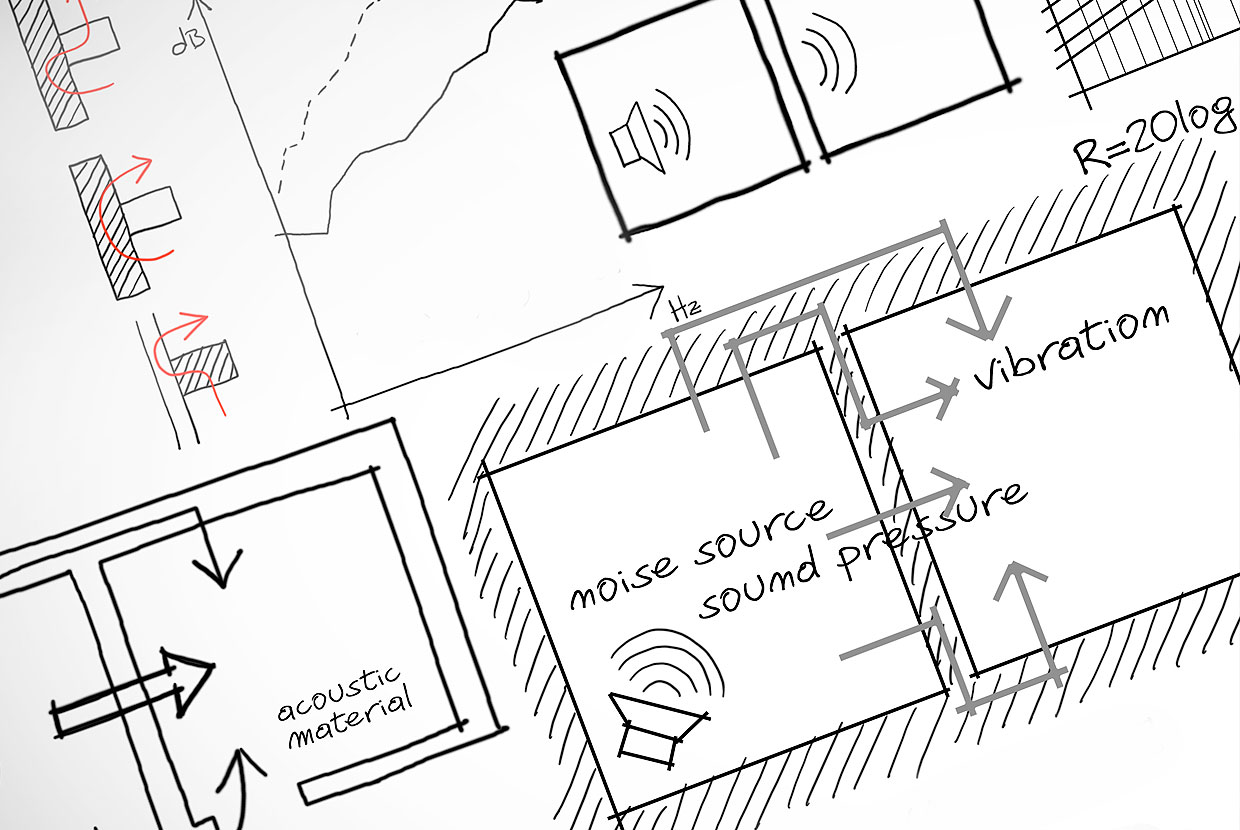
Understanding Building Acoustics and Sound Absorption
To understand how our acoustic pendant light fixtures can better absorb excessive noise, it is important to know about the Noise Reduction Coefficient, also known as NRC. This value measures how much sound a surface absorbs across the range of typical human speech at 250Hz, 500Hz, 1000Hz, and 2000Hz. This value is measured in sabins, which is the equivalent surface area of an object if it were made of 100 percent sound-absorbent material. In mathematical terms, sabins = the real area of the surface X the Noise Reduction Coefficient of the surface material. This calculation is crucial when considering the acoustics of any given space; an object with a greater sabins value will be more effective at attenuating reverberant noise than one with a smaller value.
The Visa Lighting Celest family of pendant lighting offers between 5.4 to 21.7 imperial sabins (in square feet) depending on the model chosen. Ultimately, installing multiple sound absorbing light fixtures will decrease the reverberation time of a space, creating a quieter and more peaceful environment.
How to Calculate Room Acoustics
The Visa Lighting Acoustics Calculator provides a quick overview of the acoustics in a room. Simply enter in the room data – including measurements and materials – then select the acoustic light fixture you would like to incorporate.
The acoustics calculator uses Sabine’s formula to generate the -60dB reverberation time of your space before and after adding in acoustic lighting. Use this tool to play around with different fixture options and quantities to see what works best to help you reach your goal.

Celest Large Venue and Acoustic Pendant Light
Large venue pendant lights that look good and sound better
Visa Lighting's research and development created a product line that combines style with large pannels of acoustic material for optimal sound absorption. This collection is perfect for educational facilities, office spaces, restaurants or lobbies and reception areas.
Learn More
